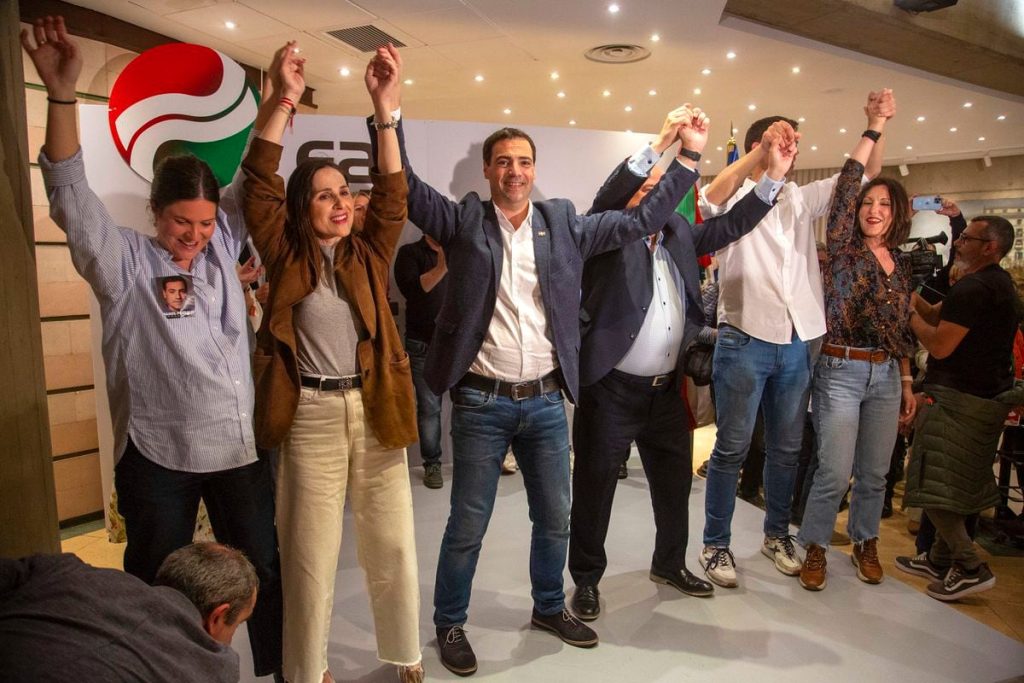The content discusses the importance of science communication and the challenges associated with it. The first paragraph introduces the topic by highlighting the critical role that science communication plays in informing the public about scientific advancements and research. It emphasizes the need for clear and effective communication to bridge the gap between scientists and the general population. The paragraph stresses the significance of engaging with the public to increase scientific literacy and understanding.
The second paragraph delves into the various obstacles that hinder effective science communication. These include complex scientific jargon, lack of interest from the public, and skepticism towards science. The paragraph also mentions the prevalence of misinformation and pseudoscience, which further complicates the communication process. It explains how these factors contribute to a lack of trust in scientific information and the misinterpretation of scientific findings.
In the third paragraph, the content discusses strategies for overcoming these challenges and improving science communication. It suggests the use of clear, accessible language that avoids technical jargon to make scientific concepts easier to understand. The paragraph also advocates for incorporating storytelling techniques to make science more engaging and relatable to audiences. Additionally, it highlights the importance of fostering trust between scientists and the public through transparency and open dialogue.
The fourth paragraph emphasizes the role of traditional and social media in shaping public perceptions of science. It discusses the impact of sensationalized headlines and clickbait articles on the public’s understanding of scientific issues. The paragraph also mentions the rise of social media influencers and celebrities as sources of scientific information, which can further complicate the communication landscape. It calls for a more thoughtful and responsible approach to science communication in the digital age.
The fifth paragraph explores the concept of scientific literacy and the need for education reform to improve public understanding of science. It discusses the importance of teaching critical thinking skills and promoting scientific inquiry in schools and universities. The paragraph also highlights the role of informal science education in engaging the public and fostering a lifelong curiosity about the natural world. It stresses the need for collaboration between scientists, educators, and policymakers to create a more scientifically literate society.
In the final paragraph, the content concludes by underscoring the importance of continued efforts to enhance science communication. It emphasizes the role of scientists, educators, journalists, and communicators in bridging the gap between science and society. The paragraph calls for a commitment to transparency, accuracy, and accessibility in scientific communication to build trust and credibility with the public. It encourages ongoing dialogue and collaboration to promote a better understanding of science and its impact on society.


